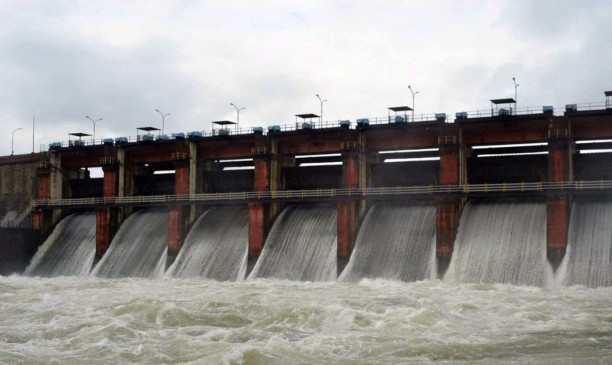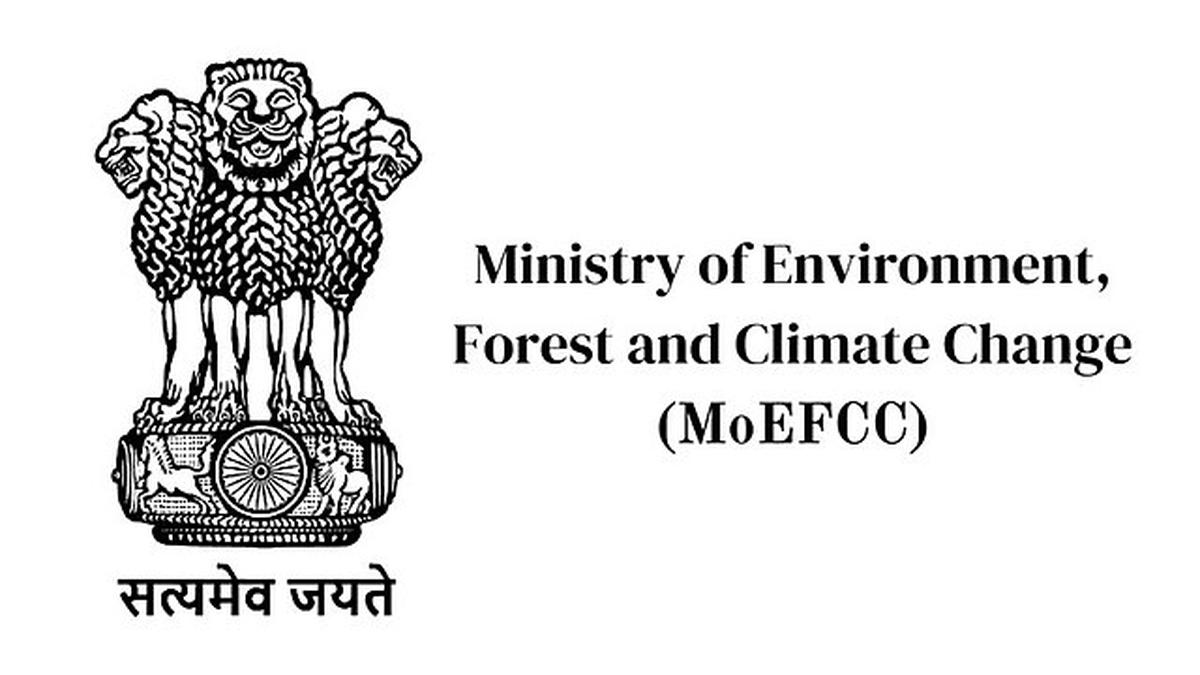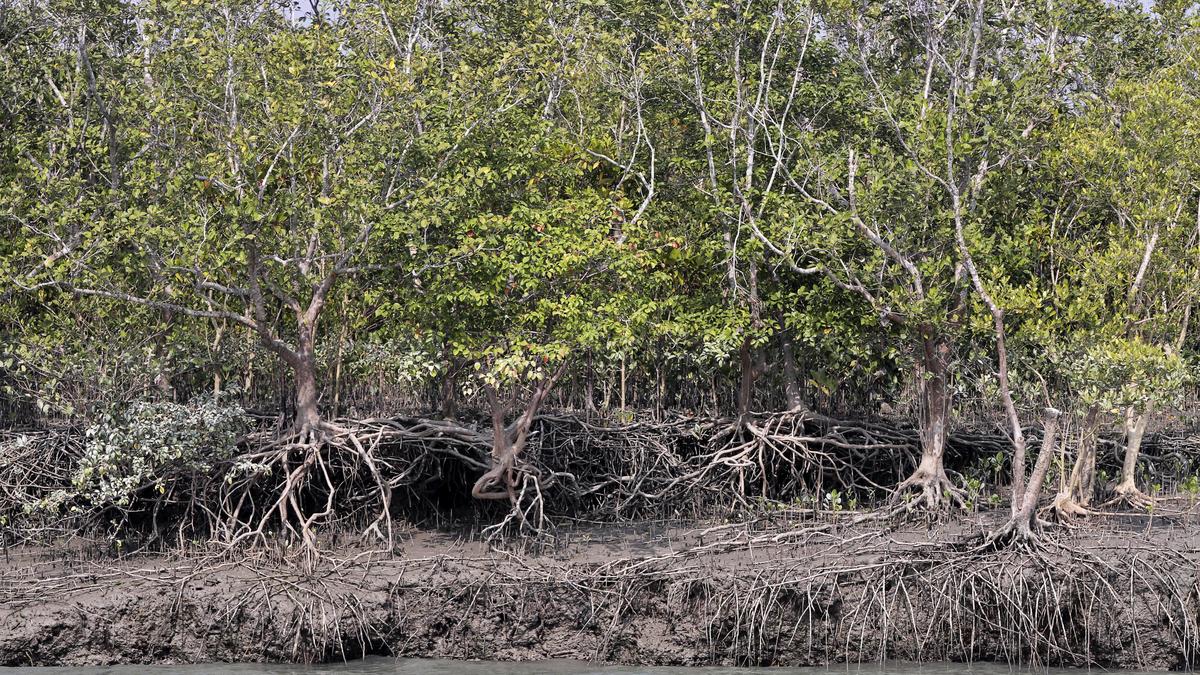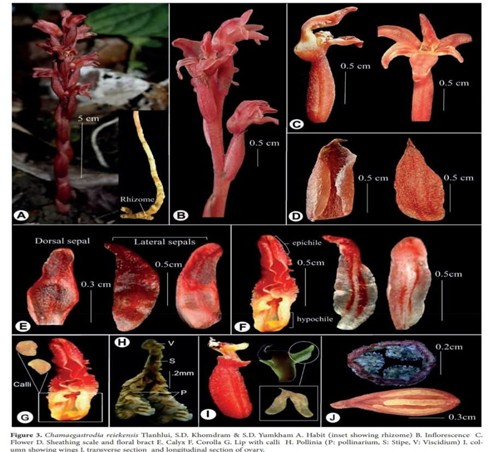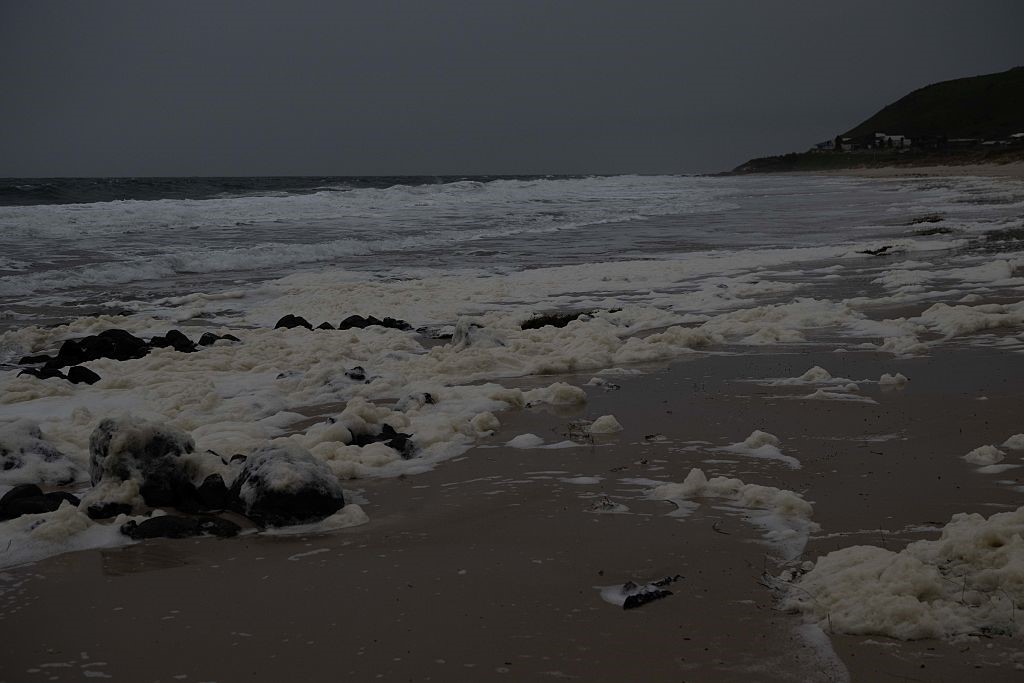Description
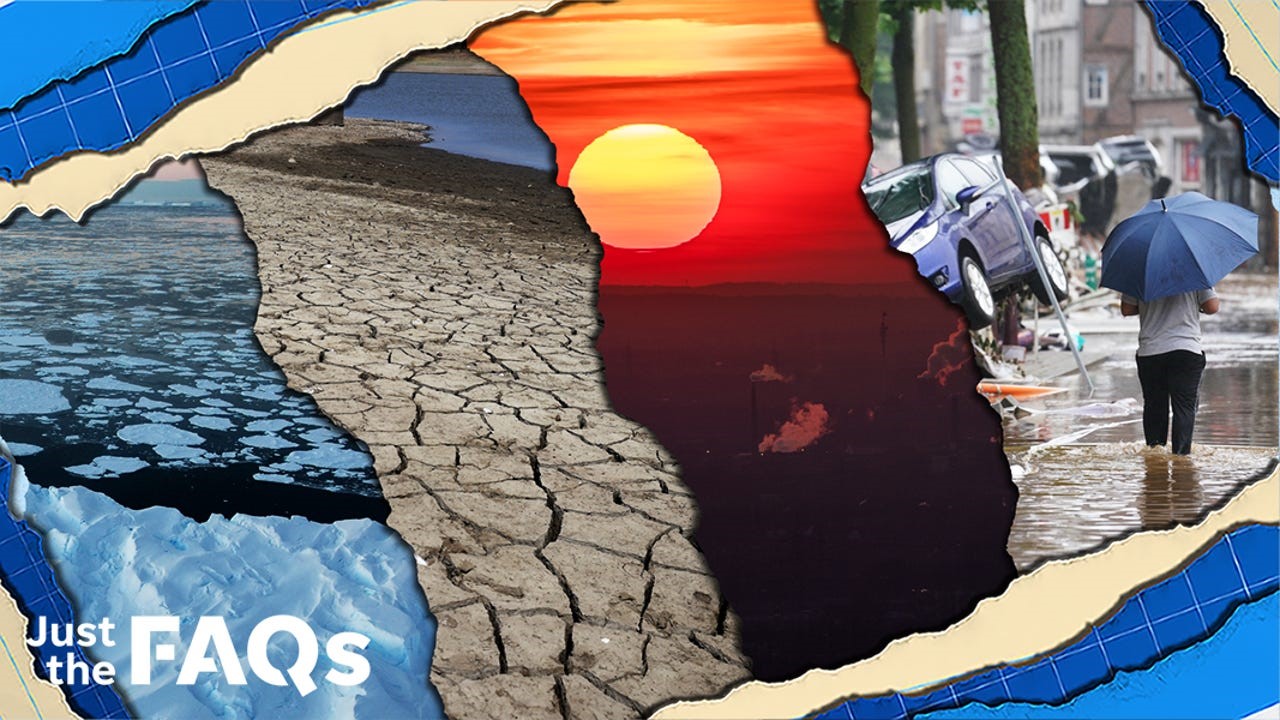
Disclaimer: Copyright infringement not intended.
Context
- The Earth’s climate is changing and the global climate is projected to continue to change over this century and beyond.
- The magnitude of climate change beyond the next few decades will depend primarily on the amount of greenhouse (heat-trapping) gases emitted globally and on the remaining uncertainty in the sensitivity of the Earth’s climate to those emissions.
- With significant reductions in the emissions of greenhouse gases (GHGs), the global annual average temperature rise could be limited to 2°C or less.
- However, without major reductions in these emissions, the increase in annual average global temperatures, relative to preindustrial times, could reach 5°C or more by the end of this century.
Details
- The global sequence of extreme weather occurrences appears to be unending.
- Following the northern summer of high heat and deadly fires, we've seen further remarkable autumn weather across Europe, including record-breaking heat in the United Kingdom.
- Meanwhile, Greece experienced unprecedented rain and flash floods before the same storm hit Libya, killing thousands.
- Drought conditions are expected to return to areas of Australia, affecting nearly 20% of Africa. To top it all off, numerous hurricanes have intensified exceptionally swiftly in the Atlantic.
- We know that climate change is to blame for some of the more extreme weather we're seeing. But is it also hastening the occurrence of these severe events?
Flash droughts
- Flash drought is simply the rapid onset or intensification of drought.
- It is set in motion by lower-than-normal rates of precipitation, accompanied by abnormally high temperatures, winds, and radiation.
- Together, these weather changes can rapidly alter the local climate.
- Higher temperature increases evapotranspiration—the process by which water is transferred from the land to the atmosphere by evaporation from the soil and by transpiration from plants—and further lowers soil moisture, which decreases rapidly as drought conditions continue.
- If not predicted and discovered early enough, changes in soil moisture that accompany flash drought can cause extensive damage to agriculture, economies, and ecosystem goods and services.
Causes of Flash Draught
- Unlike slow-evolving drought, which is caused by a decline in precipitation, flash drought occurs when low precipitation is accompanied by abnormally high temperatures (e.g., heat waves), high winds, and/or changes in radiation.
- These sometimes-rapid changes can quickly raise evapotranspiration rates and remove available water from the landscape.
- Geographic differences and climate patterns also impact the development of flash droughts.
- In contrast with conventional drought—which may occur throughout the year at any location—flash drought typically occurs during warm seasons in the central United States.
- Widespread flash drought in the U.S. is often tied to La Niña events.

Consequences
- Flash droughts tend to be short, so they don’t tend to cause the major water shortages or dry river beds we’ve seen during long droughts in parts of Australia and South Africa, for example.
- But they can cause real problems for farmers. Farmers in parts of eastern Australia are already grappling with the sudden return of drought after three years of rainy La Niña conditions.
Flash Floods and Extreme Rainfall
What is Extreme Rainfall
It occurs when more than 205 mm of rain falls in any location in 24 hours. (IMD) Extremely heavy rainfall is not uncommon throughout the monsoon season.
Since the 2013 Uttarakhand catastrophe, not a single year has passed without at least one big disaster-like circumstance caused by an extreme rainfall storm.
Over the last two decades, overall monsoon rainfall has stayed rather steady.
However, intra-seasonal variance has increased: fewer days produce the majority of the seasonal rainfall, while the remaining days remain dry.
Reasons for this extreme rainfall:
- Rains caused by the Biparjoy cyclone: By the first two weeks of the monsoon, India had amassed a more than 50% rainfall deficit. However, by the end of June, the gap had been reduced to 8%.
- Western disturbances: The IMD attributes this episode to a convergence of monsoon winds and western disturbances over northern India.
- Climate change is known to increase the likelihood, frequency, and severity of extreme weather events such as heavy rain and heat waves.
- Excessive rainfall over northwest India is consistent with the Arabian Sea warming by around 1.5 degrees Celsius since January.
- Climate change can cause increased rainfall variability.
- Some parts of the world will get a lot wetter, on average, while others will get drier, increasing the variation in rainfall between different regions.
- For Australia, most locations are generally expected to have intensified downpours of rain, as well as intensified droughts. So we might be saying more often "It doesn't rain, it pours!”.
- We’re seeing exceptionally extreme rainfall in many recent events.
- The recent floods that submerged villages in Greece came from a sudden downpour of over 500 millimeters in a single day.
- Hong Kong was hit last week by the heaviest rains in 140 years, flooding subway stations and turning streets into rivers.

Flash Flood
Reason for flash flood
- Several factors contribute to flash flooding. The two key elements are rainfall intensity and duration. Intensity is the rate of rainfall, and duration is how long the rain lasts.
- Topography, soil conditions, and ground cover also play an important role.
- Flash floods occur within a few minutes or hours of excessive rainfall, a dam or levee failure, or a sudden release of water held by an ice jam.
- Flash floods can roll boulders, tear out trees, destroy buildings and bridges, and scour out new channels. Rapidly rising water can reach heights of 30 feet or more.
- Furthermore, flash flood-producing rains can also trigger catastrophic mudslides.
- Most flash flooding is caused by slow-moving thunderstorms, thunderstorms repeatedly moving over the same area, or heavy rains from hurricanes and tropical storms.
- Occasionally, floating debris or ice can accumulate at a natural or man-made obstruction and restrict the flow of water.
- Water held back by the ice jam or debris dam can cause flooding upstream.
- Subsequent flash flooding can occur downstream if the obstruction is suddenly released.
Flash Cyclone? Hurricanes are intensifying faster
- Last month, Hurricane Idalia caused major flooding in Florida. As we write, Hurricane Lee is approaching the US.
- Both tropical storms had something odd about them – unusually rapid intensification. That is, they got much stronger in a short period.
- Usually, this process might increase wind speeds by about 50 kilometers per hour over 24 hours for a hurricane – also known as tropical cyclones and typhoons.
- But Lee’s wind speeds increased by 129km/h over that period. US meteorological expert Marshall Shepherd has dubbed the phenomenon “hyper intensification”, which could put major population centers at risk.
- Rapidly intensifying tropical cyclones are strong and can be very hazardous, but they aren’t very common.
- To trigger them, you need a combination of very high sea surface temperatures, moist air, and wind speeds that don't change much with height.
- While still uncommon, rapid intensification is potentially getting more frequent as we heat the planet.
- This is because oceans have taken up so much of the heat and there’s more moisture in the air.
Australia’s El Niño summer in a warming world
- Spring and summer in Australia are likely to be warmer and drier than usual.
- This is due to the El Niño climate cycle predicted for the Pacific Ocean.
- If, as predicted, we also get a positive Indian Ocean Dipole event, this can heighten the hotter, drier weather brought by El Niño. After three wet La Niña years, this is likely to be a marked shift.
- If it arrives as expected, El Niño would lower the risk of tropical cyclones for northern Australia and reduce the chances of heavy rain across most of the continent.
- But for farmers, it may help trigger flash droughts. Prevailing warm and dry conditions may rapidly dry the land reduce crop yields and slow livestock growth.
Closing Thought
- Climate change loads the dice for extreme weather. And as we’re now seeing, these extremes aren’t just more intense – they can happen remarkably fast.
|
PRACTICE QUESTION
Discuss climate change and its consequences for global ecosystems and human societies. Examine the major contributors to climate change and propose solutions to lessen its negative impacts.
|
https://www.downtoearth.org.in/blog/climate-change/faster-disaster-climate-change-fuels-flash-droughts-intense-downpours-and-storms-91719
https://www.weather.gov/pbz/floods
https://climateknowledgeportal.worldbank.org/overview#:~:text=Climate%20change%20is%20the%20significant,change%20from%20natural%20weather%20variability
https://www.un.org/en/climatechange/what-is-climate-change






